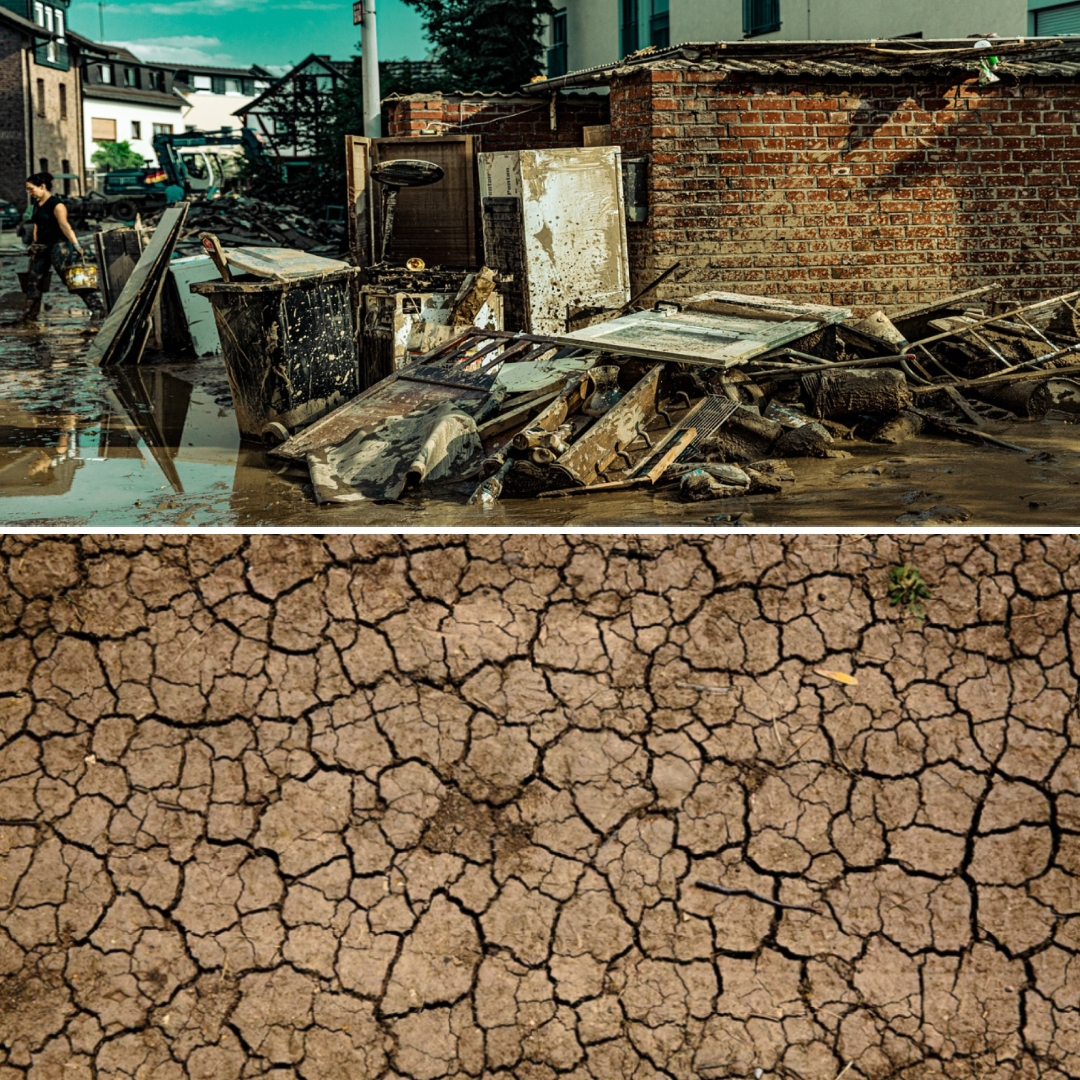India's First Weather Hazard Atlas Releases List Of Districts Vulnerable To Climate Crisis
Writer: Shweta Singh
She is a Journalism graduate from Delhi University, She has previously worked as a voice over artist for various cuisines and clothing brands. She is specialised in content writing, hosting anchoring and voice over.
India, 18 Jan 2022 11:40 AM GMT
Editor : Shiva Chaudhary |
A post-graduate in Journalism and Mass Communication with relevant skills, specialising in content editing & writing. I believe in the precise dissemination of information based on facts to the public.
Creatives : Shiva Chaudhary
A post-graduate in Journalism and Mass Communication with relevant skills, specialising in content editing & writing. I believe in the precise dissemination of information based on facts to the public.
India's first weather hazard atlas launched by Indian Meteorological Department aims to mitigate the effects of the 13 most hazardous meteorological events. Dr Jitendra Singh, head of the Ministry of Earth Sciences, launched the Atlas in Pune on Sunday.
The scientists at the Climate Research and Services (CRS) office of the India Meteorological Department (IMD), Pune, launched India's first Climate and Vulnerability Atlas on Sunday. The Atlas has framed the Sunderbans in West Bengal, neighbouring district of Odisha and Ramnathpuram, Pudukottai and Thanjavur in Tamil Nadu as the most vulnerable to high storms surges of as much as 8.5 to 13.7 metres that are induced by the cyclones.
Atlas Launched On Foundation Day Of IMD
The scientist at the CRS office of the IMD, Pune, developed the Climate Hazard and Vulnerability Atlas of India on the 147th foundation day of IMD. The Atlas was launched by Dr Jitendra Singh, who heads the Ministery of Earth Sciences.
The Atlas aims to assist the users of the Disaster Management Sector in identifying vulnerable districts to take adaptive and preventive measures. Thus the map focused vulnerability assessment on the districts level. The Atlas features extreme rainfall, cold wave, drought, heatwave, hail storms, thunderstorms, dust storms, lightning, cyclones, snowfall, fog and winds. The hazards and vulnerability values are based on the Met department's historical climate data.
Districts Most Vulnerable To Storm Surges
An assessment report has stated Prakasam, Guntur and Krishna district of Andhra Pradesh and Bhavnagar and Kachh in Gujrat, besides all the coastal regions of the west coast, are also vulnerable to storm surges, but to a lesser degree between 4 to 6 metres. In contrast, East Godavari, Prakasam, Krishna, West Godavari on the east coast, Ratnagiri, Sindhudurg, south Goa and Uttara Kannada on the west coast are most likely to experience rainfall associated with severe cyclones in the 50 -60 cm range.
Several districts in West Bengal, Jharkhand, Telangana and Tamil Nadu, are vulnerable to extreme rainfall of 35 to 50 cm that cyclones bring. According to a report by the Hindustan Times, several cyclones reoccur every two to three years for almost all of the east coast, starting from Cuddalore in Tamil Nadu to South 24 Parganas in West Bengal. Kannur, Thrissur Kozhikode, and Ernakulam districts in Kerala, north and south Goa, Kachchh Junagadh, Devbhoomi, and Porbandar in Gujarat see recurring severe cyclones every four to 10 years.
Atlas Aims To Mitigate Metrological Events
The Atlas is expected to mitigate the effects of the 13 most hazardous meteorological events such as heatwaves, cold waves, thunderstorms, floods, drought, fog, wind hazards, dust storms, snowfalls, hail storms, lightning, extreme rainfall and cyclone – that can cause extensive damage. There are 640 climate vulnerability maps in the Atlas.
The weather bureau has used geographical information system tools from the office of Climate research and Services Pune to display climate vulnerability maps visually.
Also Read : Period Leave In India Still Remains A Luxury! Why Is That?
 All section
All section














